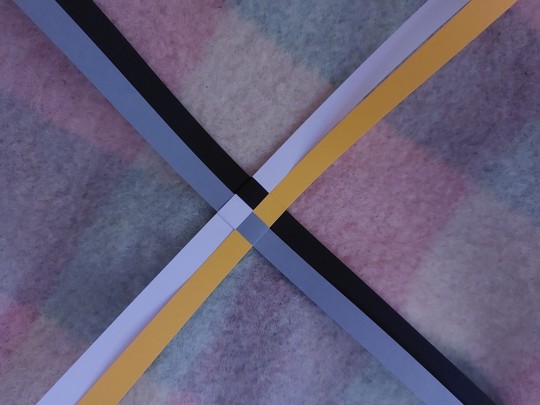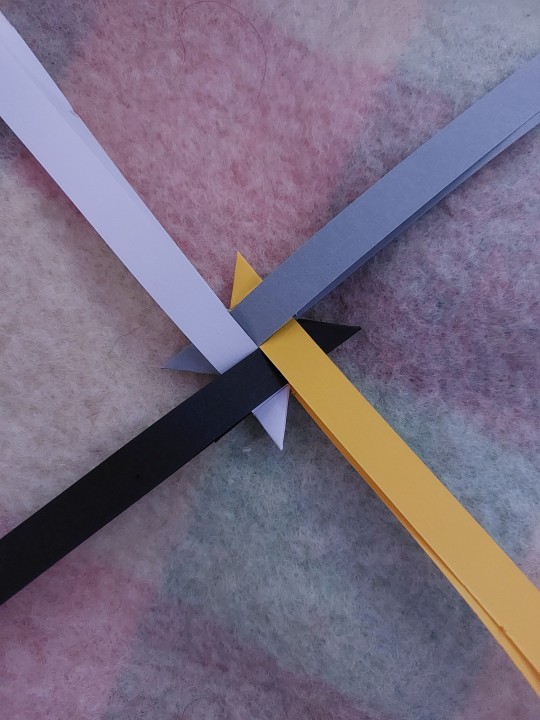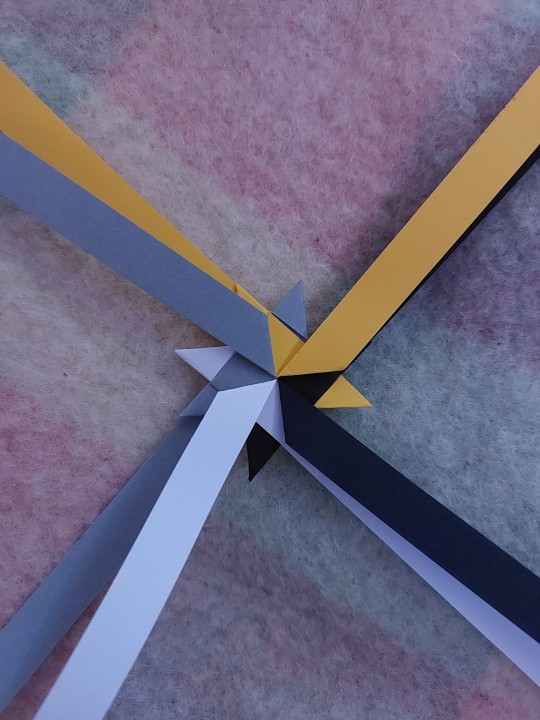#froebel
Explore tagged Tumblr posts
Text
The 11th edition of the 2024 Richard Murray Newsletter
topic
Forty third in the Cento poetry series. A cento is a poem made by an author from the lines of another author's work. In the series I place my cento and a link to the other authors poem.
IF YOU MADE IT THIS FAR: Et Tu Internet with Troy Johnson of AALBC, Can Computer programs commonly called AI 3d print, Make a Basket With Paper, Make Gigantic Froebel blocks, A short history of Black art in the usa by blacks , Zodiac Embroidery Light, Multicolor spray can
URL https://rmnewsletter.over-blog.com/2023/09/03/17/2024-rmnewsletter.html
#rmnewsletter #rmaalbc
#rmnewsletter#rmaalbc#aalbc#cento#poetry#kobo#kwl#audiobook#ebook#rmtja#construction#holidayrex#poetryormore#calligraphy#troy#johnson#ai#3d#print#computer#maker#caleb#kraft#basket#paper#froebel#blocks#history#art#usa
0 notes
Text
"Play is the highest expression of human development in childhood, for it alone is the free expression of what is in the child's soul." ~ Friedrich Froebel Born on 21 April 1782 Friedrich Froebel was a German educator who invented the kindergarten. https://early-education.org.uk/friedrich-froebel/
11 notes
·
View notes
Text

"I'll try making a froebel star out of ribbon," I said, "How hard can it be?" 💀
10 notes
·
View notes
Text

#scandinavian winter#Scandinavia#star lantern#Froebel star#Julestjerne#Adventsstjärnor#winter#snow#cozy#sweden#Swedish home
5 notes
·
View notes
Text
0 notes
Text
You Say Potato, I Say Excellent! Or blocking, dialogue and legacy of morality tales in ‘The Resurrectionists’ minisode PART I
Alternate title: how Aziraphale’s naivety in this episode was supposed to make you a bit outraged
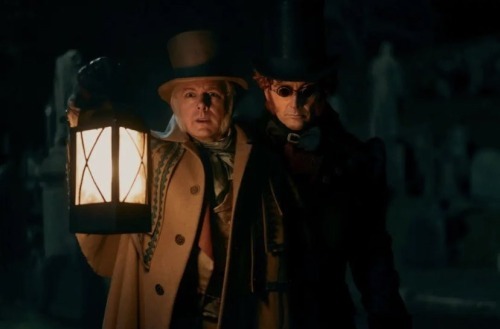
I have to shout out to @bowtiepastabitch for their AMAZING historical analysis of this minisode - it prompted me to finish this long ramble that has been drifting in my notes. Anyway, I have a major obsession with the ways blocking and dialogue interplay in Good Omens - you can check out my analysis of the blocking in the flashbacks in S1. But The Resurrectionists is really something special. This got so long I am splitting it into two parts. See Part II here!
I should start with three important caveats that brought me to this analysis -
If we accept that S1 is narrated by God, then I propose that S2 is being told from the viewpoint of our Ineffable Man Shaped Beings - and they are NOT reliable narrators.
All three minisodes share a feeling of being… stories. They feel like a slightly exaggerated version they might be told between two old friends sitting in the back room of a bookshop, soused off wine and whisky. Like a journal entry that you don’t actually expect outsiders to see.
All three minisodes have some relation, in style and structure, to film and literature. I'm focusing on the lit aspect here. A Companion to Owls is very illustrated bible. Nazi Zombies from Hell is a pulp fiction master class. So what is The Resurrectionists? A morality tale.
My first thought when we opened on the romantic graveyard date in Edinburgh was “OH it’s like a penny dreadful!” but it didn’t take me long to reassess. Morality tales are a genre of children’s literature that was extremely popular in the early 1800s where the minisode is taking place. But THIS morality tale itself is a more nuanced version of these stories, more along the lines of what an author important in the Good Omens universe would pen. So, first, a little bit of history behind morality tales and a very important author to know, then we get to the blocking and dialogue!
Morality Tales for Children
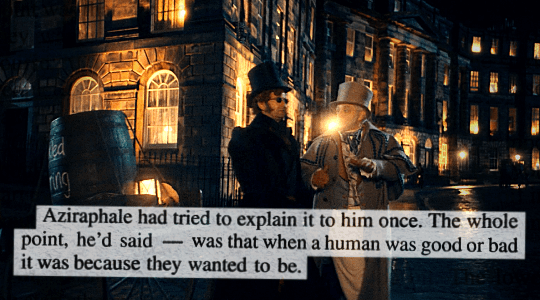
There had long been differing views in European circles of thought about the nature of children - were they born innately tainted by Original Sin, or were they born as blank slates? In the late 1700s to early 1800s, the view of the blank slate was winning with the help of highly influential educators like Friedrich Froebel (who coined the term kindergarten and emphasized the importance of play in learning.)
At this same time, there was a rise in literature produced specifically for children. One of the most popular children’s genres? The morality tale. These stories showed Good triumphing over Evil and the importance of leading a respectable, Christian life. The stories were extremely binary, black and white in their presentation of morality, something which deeply influenced many authors who were raised reading them. Authors like G.K. Chesterton.
G.K. Chesterton
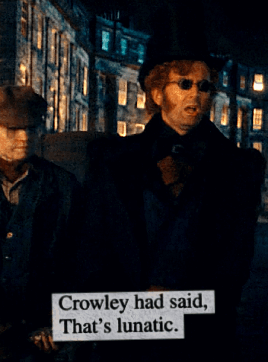
Over his career, Chesterton wrote several plays, 80 books, 200 short stories, 4,000 essays, and several hundred poems. He’s an interesting guy, but suffice to say for our purposes - he was deeply Christian, and his work contains a lot of religious themes and symbolism which he used to write serious commentary on politics, economics and philosophy. If you haven’t read the book, you should know that it the dedication reads thus:
The authors would like to join the demon Crowley in dedicating this book to the memory of G.K. Chesterton.
In fact, Crowley says in the book that Chesterton was “The only poet in the twentieth century to even come close to the Truth." So it is probably relevant that Chesterton had opinions about children’s morality tales. He once wrote -
Many people have wondered why it is that children's stories are so full of moralizing. The reason is perfectly simple: it is that children like moralizing more than anything else, and eat it up as if it were so much jam. The reason why we, who are grown up, dislike moralizing is equally clear: it is that we have discovered how much perversion and hypocrisy can be mixed with it; we have grown to dislike morality not because morality is moral, but because morality is so often immoral. But the child has never seen the virtues twisted into vices; the child does not know that men are not only bad from good motives, but also often good from bad motives. The child does not know that whereas the Jesuit may do evil that good may come, the man of the world often does good that evil may come.
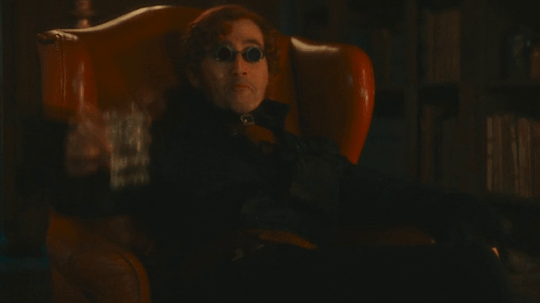
In summary, we know that children’s morality tales were supposed to teach important lessons about Good and Evil. We also know that later authors like G.K. Chesterton were aware of this genre and it influenced their writing (which in turn informs the Good Omens universe). So why pick this framework for this minisode? Because it is FRUSTRATING to watch, on purpose. We are meant to be annoyed with how Good has so little relation to right, to see how complicated doing real good can be, and it lays out a strong case for the complete inadequacy of black and white world views - and not just religious ones.
So (grabs gloves and a knife) let’s dissect the blocking and dialogue, shall we?
Part II: Blocking and Dialogue
#good omens#good omens meta#the resurrectionists#just theatre kid things#history is my jam#look the blocking has me feeling things#shades of gray
57 notes
·
View notes
Photo
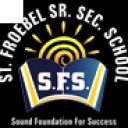
Check out my profile on Wattpad, I'm St. Froebel School https://www.wattpad.com/stfroebel?utm_source=web&utm_medium=tumblr&utm_content=share_profile St. Froebel School is a co-educational school affiliated to the central board of secondary educational Govt of India New Delhi (CBSE Affiliation No. 2730278) conveniently located in the heart of Paschim Vihar spread across 1.7 acre areas of campus offering state of art facilities for a progressive...
3 notes
·
View notes
Text

Frederick Robert Williamson (born March 5, 1938), known as The Hammer, is an actor and former defensive back who played mainly in the AFL during the 1960s. He is known for his film career, starring as Tommy Gibbs in the film Black Caesar and its sequel Hell Up in Harlem. He had other notable roles in other films such as Hammer, That Man Bolt, and Three the Hard Way.
Born in Gary, he was the oldest child born to Frank, a welder, and Lydia Williamson. Williamson attended Froebel High School, where he ran track and played football. He graduated in 1956. He left Gary to attend Northwestern University on a football scholarship. After playing college football for Northwestern in the late 1950s, he was signed as an undrafted free agent by the Pittsburgh Steelers. When during training camp he was switched to their defense, his attitude over the switch prompted him to play his position with too much aggression, and the coach of the 49ers asked him to quit “hammering” his players. Thus, “The Hammer” quickly stuck and became his nickname.
He acted in films such as Three the Hard Way (1974), Take a Hard Ride (1975), One Down, Two to Go (1982), Original Gangstas (1996), and On the Edge (2002). In October 1973, he posed nude for Playgirl magazine. His early television roles included a role in the original Star Trek episode “The Cloud Minders” (1969), in which he played Anka. He played Diahann Carroll’s love interest in Julia.
He has had another career as a director and producer. His first film as a producer was Boss Nigger (1975), in which he starred. His second film as a producer was with Mean Johnny Barrows (1976). He has since directed over 20 features. He relocated to Rome and formed his own company Po’ Boy Productions, which started to produce actioners including Adios Amigo (1976) and Death Journey (1976).
He has been married twice. His first marriage was to Ginette Lavonda (1960-1967). He married Linda Williamson (1988). He has at least three children. He has black belts in Kenpō, Shotokan karate, and taekwondo. #africanhistory365 #africanexcellence
3 notes
·
View notes
Text

Hans Kappler.
Gift 13: Paper Cutting (Kindergarten material based on the educational theories of Friedrich Froebel). c.1920 | MoMA
4 notes
·
View notes
Text

"Play is the highest expression of human development in childhood, for it alone is the free expression of what is in the child's soul." ~ Friedrich Froebel
Born on 21 April 1782 Friedrich Froebel was a German educator who invented the kindergarten.
23 notes
·
View notes
Text



Eamon O’Kane [b. 1974 in Belfast, N. Ireland] presents large scale painting in the Matisse Courtyard [after Quincy Jones], he also depicts a view of a Matisse’s large ceramic, La Gerbe. O’Kane creates the images in a courtyard designed by the architect Quincy Jones.
Eamon O’Kane’s multi-disciplinary practice has consistently been drawn to architectural contexts, whether in his Froebel installation works that explore environments of play, or else in works such as Glass House that presented a scaled model of Philip Johnson’s iconic Glass House.
3 notes
·
View notes
Text
The Origins of Origami
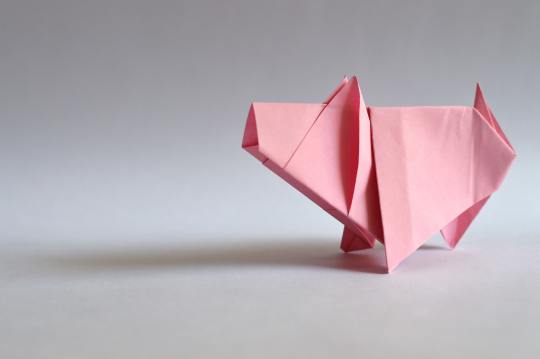
Origami, originally known as “orisue,” is a well-known Japanese artform with a long history extending back to 105 AD. While the creation of paper itself has been credited to Cai Lun in China, the art of paper folding has grown and developed in Japanese culture.
Following the import of paper manufacturing technology from China to Japan, the material’s popularity rose among monks, who used it for writing. A poem from the 17th century refers to origami butterflies called “ocho” and “meccho,” but the actual date of the first folded creations remains unknown. Due to its decorative aspect, origami was incorporated in gift wrapping. The Japanese referred to a folded paper attached to a gift as “origami tsuki.”
The 18th century was an era characterized by significant interest in origami. Sadatake Ise published the first manual providing origami instructions in 1764. The book covered more than 10 ceremonial folds. Almost three decades later, another manual, called Sembazuru Orikata, outlined the method of folding interconnected cranes.
During the Edo Era, Japan enjoyed political peace and economic prosperity. Consequently, paper supply increased and interest in the arts flourished. More than 70 common, present-day origami shapes (such as the crane) originated in the Edo Era.
In addition to its creative value, origami can be a beneficial form of meditation. The process of folding paper can be an exercise in patience. People can use origami as a method of mindfulness, as research shows that it can result in relaxation. It also improves memory and concentration.
Figures outside of Japan promoted the art of origami around the world. For example, the German educator and creator of the kindergarten, Friedrich Froebel, used origami as a tool to teach geometry. Soon, the Froebel method propagated on a global scale, traveling to Japan, as well. As Japanese schools slowly incorporated origami into their curricula, production of the European 15x15 thin square paper grew in Japan. Origami also had a significant impact on design education. The German Bauhaus school of design relied on paper folding to train design students.
Other avenues through which the influence of origami rose include literature and philosophy. Spanish author Miguel de Unamuno was a big fan of origami who frequently integrated it into his writings, referring to it in Spanish as “papiroflexia.” The spread of origami among Spanish-speaking populations can be attributed to the work of Argentine physician Vicente Sagredo, who published several origami manuals in the Spanish language.
Akira Yoshizawa is perhaps the most critical figure in origami history. A technical draftsman by trade, Yoshizawa mastered the art of paper folding and utilized it to visualize geometrical problems. After publishing the seminal book Atarashi Origami Geijutsi in 1964, Yoshizawa offered the world new insight into paper folding, a notation system for origami designs, and realistic diagrams of many animal shapes. Most importantly, he established a new origami form called wet-folding. This method entailed dampening paper to create softer folds that could be more easily shaped into origami models.
In the 20th century, mathematicians such as Robert Lang broke down the principle of origami folding to explore more complex designs. Lang’s work culminated in the creation of a computer software called Tree Maker. The software facilitated the development of highly complex, hyper-realistic origami designs, which continue to evolve today.
2 notes
·
View notes
Text
Here’s your daily reminder that education through play was literally the theoretical basis of Kindergarten when it was proposed by Froebel
How the mighty (concepts) have fallen
Spending time with kids always reminds me how much I love the way they play. I’ll be like “hey kid look, this little bug is called an isopod it’s related to crabs and it eats dead plants” and they’ll immediately respond with something like “cool let’s play isopods we have to collect dead leaves as fast as we can and if we don’t get enough we die of starvation and have a bug funeral”
What an amazing way to process new information or explore an idea! It’s important to remember these kinds of games are not random or pointless; playing is how kids learn.
#and then the Prussians banned it for being atheistic and politically destructive lol#also Milton Bradley was one of the first adopters in the us#btw did u know Milton Bradley doesn’t exist anymore? don’t that just suck#fuck hasbro dude
51K notes
·
View notes
Text
the past 2 days has just been me suddenly deciding to craft some Christmas stars(apparently called froebel stars in English?) and adding another creature from Louie Zongs ghost songs on my wall
#It was the pumpkin guy playing guitar#I made him a Christmas hat but it looks stupid on him no matter how I put it on#The stars I made with some paper from an advertisement I got#And I used some markers to make them different colours#But because of the kind of paper it is the marker got all over my fingers
0 notes


